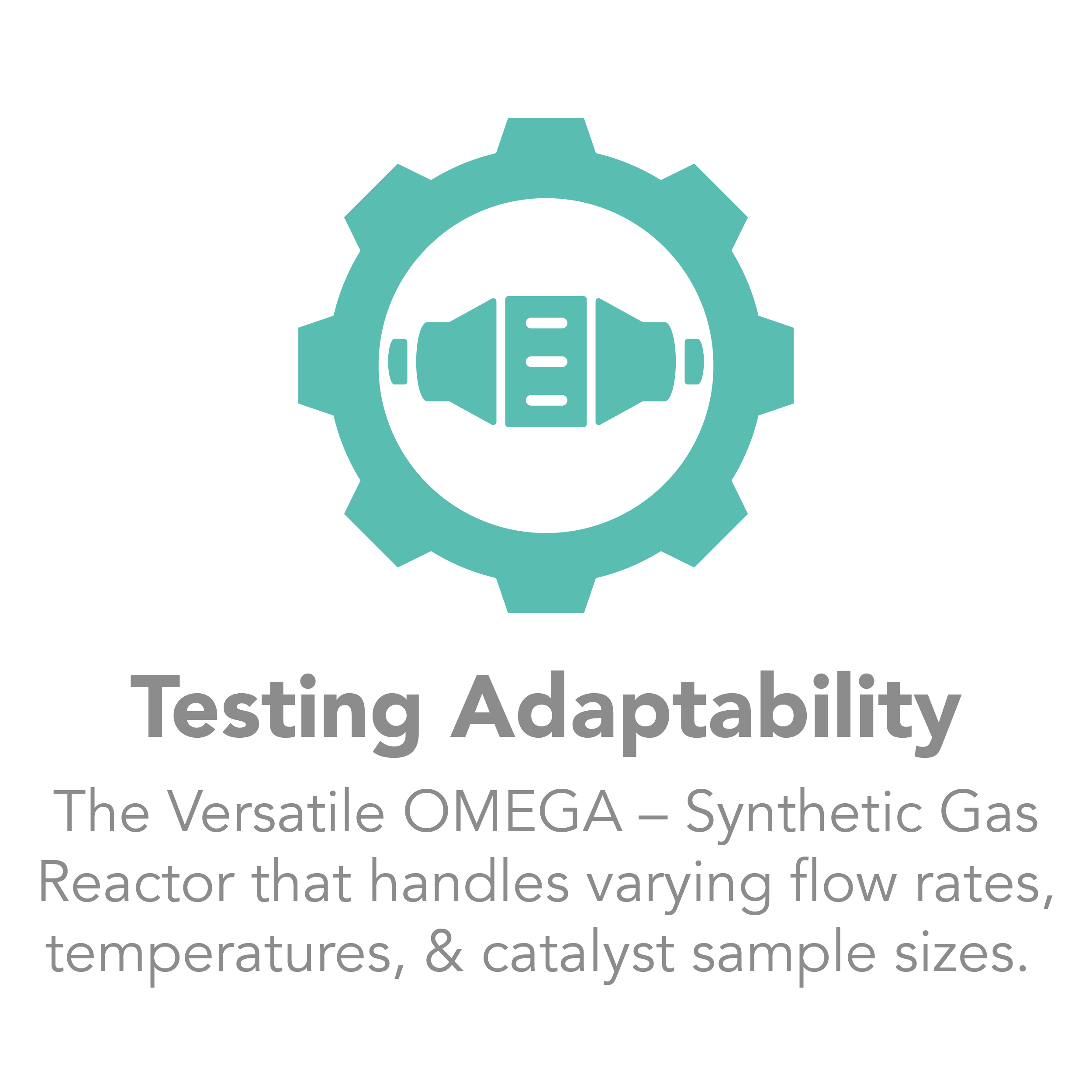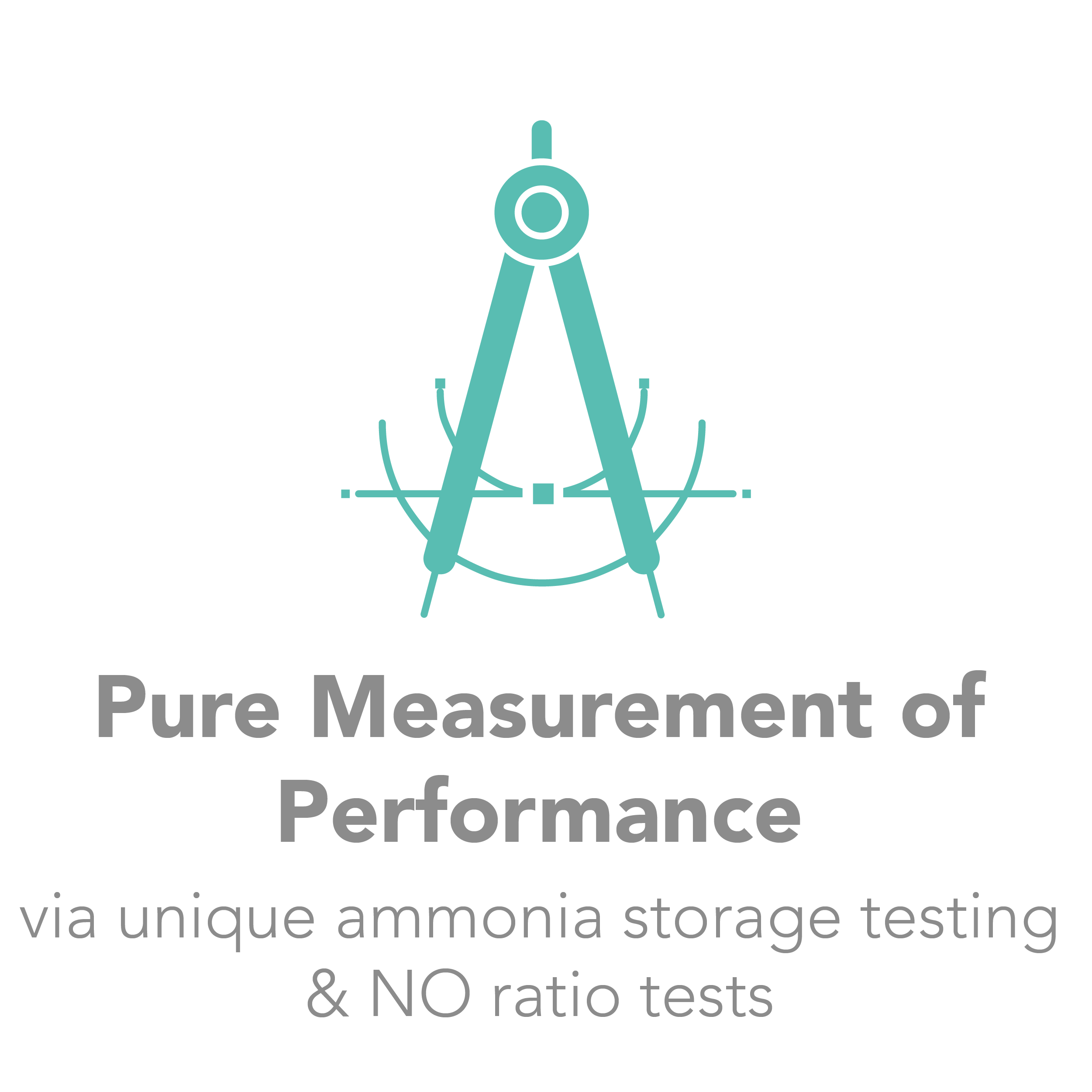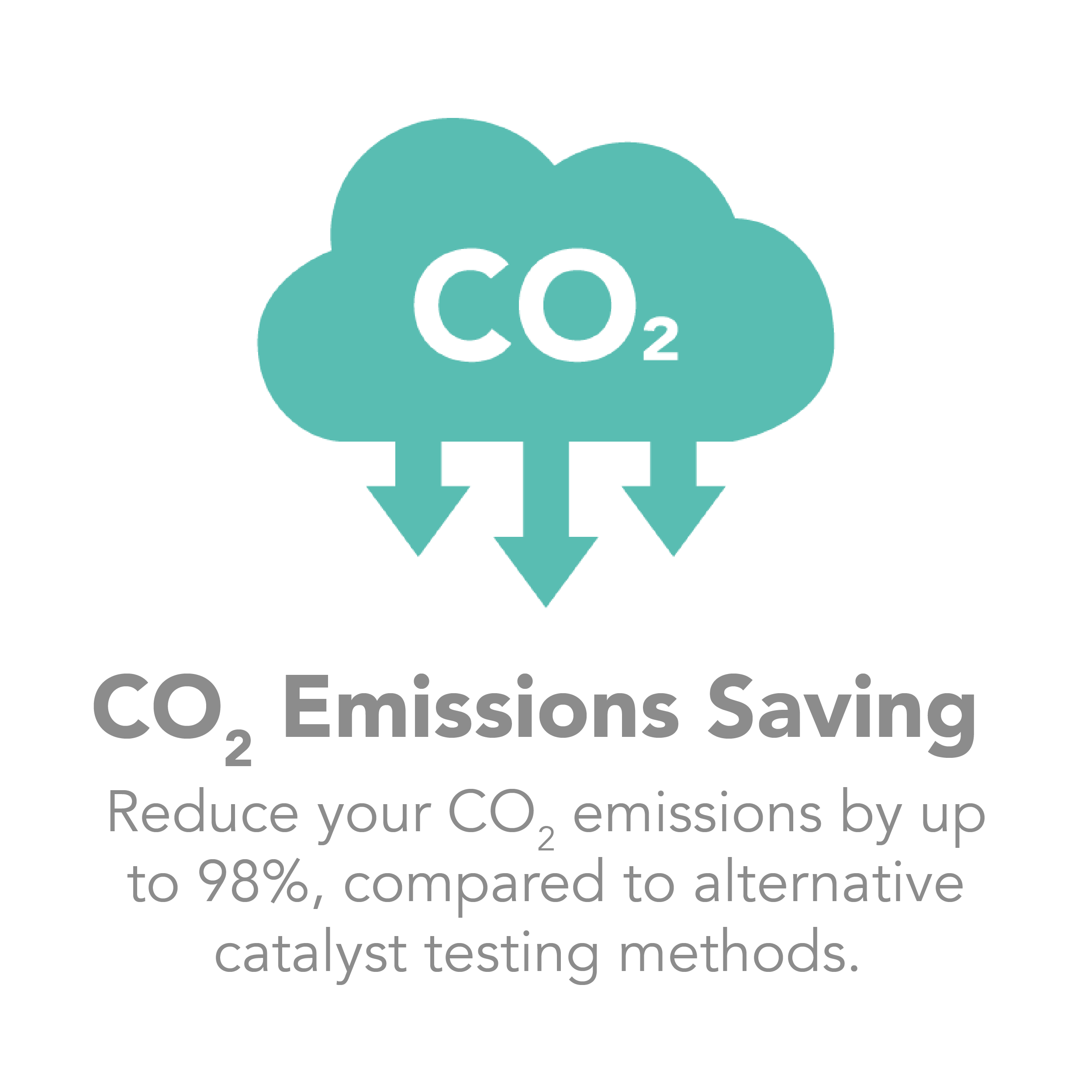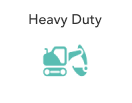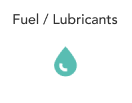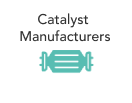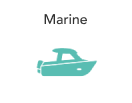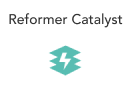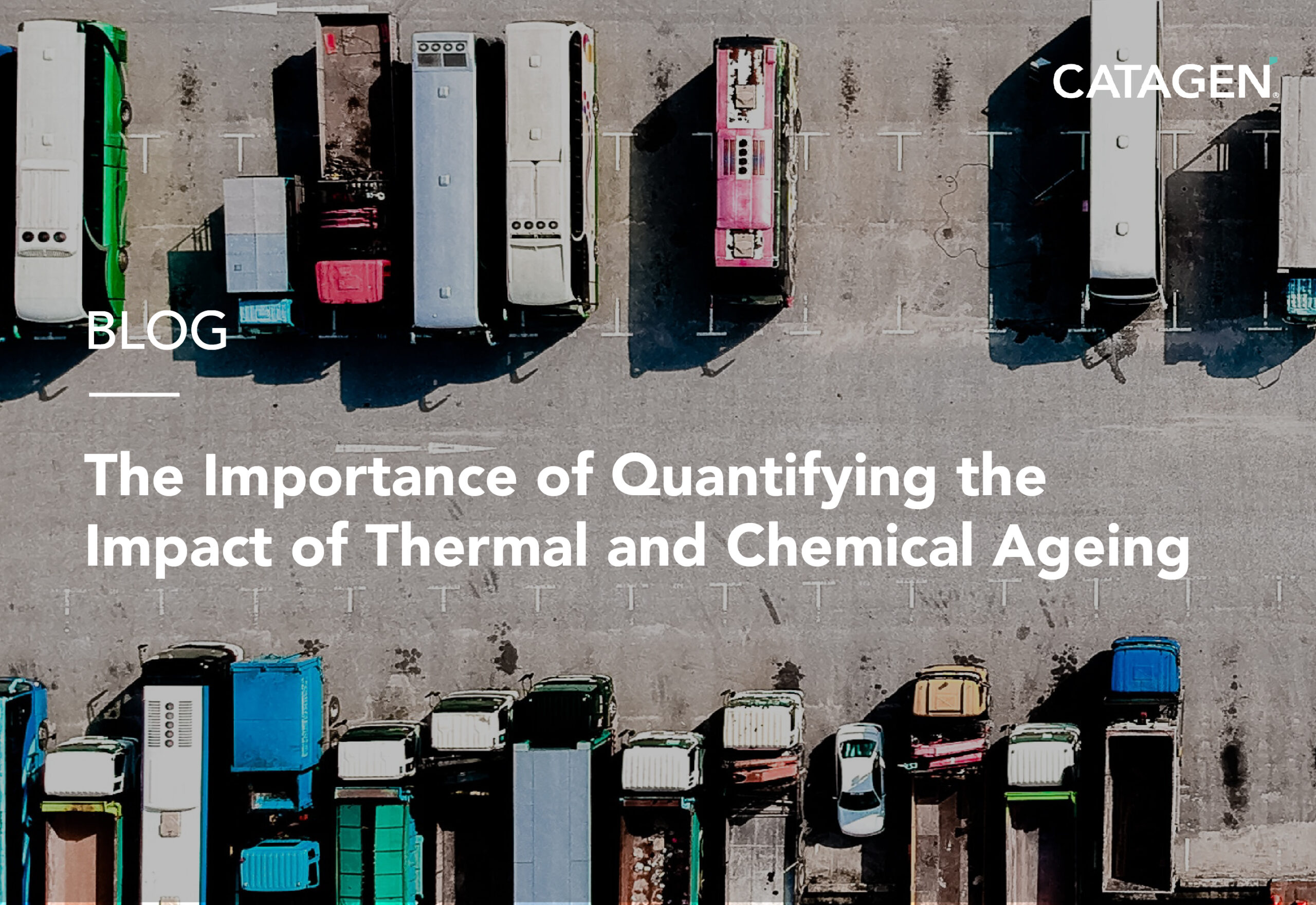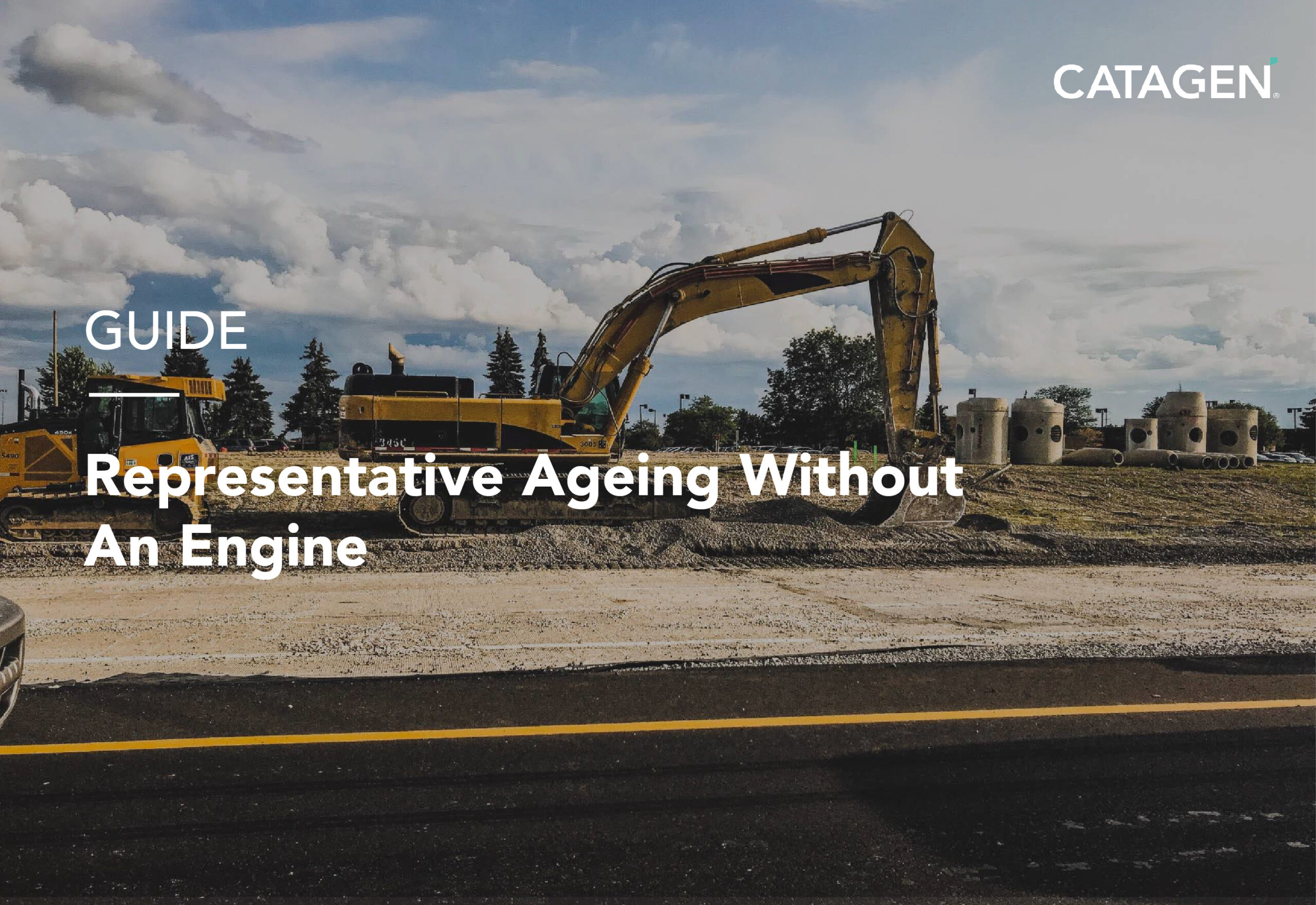By Dr. Andrew Pedlow, Principal Engineer, CATAGEN
At CATAGEN, we believe that it is critical for the Heavy-Duty industry to have representatively aged aftertreatment systems. Representatively aged aftertreatment systems reduce the risk of failing in-field emissions tests and offer valuable insight into the performance against the latest euro VI, or upcoming euro 7 emissions legislation. Furthermore, the upcoming euro 7 legislation proposes to further increase the distance considered for full useful life (FUL). This places further demand on engine dyno time, with additional associated cost and the accompanying risk of engine misfires damaging the catalyst system.
However, a key challenge remains to quantify the thermal and chemical impacts of ageing. In our previous blog we covered several considerations that highlight the necessity of quantifying the impact of these to produce representatively aged catalysts. In this case study we will discuss how CATAGEN produce bespoke cycles that are representative of both the thermal and chemical experience of the catalyst.
Thermal Impact
A key part of the ageing process is the degradation of the washcoat that occurs at high temperatures. While the exhaust temperatures are lower in the heavy-duty vehicle (HDV) industry, it is crucial to understand the thermal impact of exhaust temperatures on the aftertreatment system. Additionally, many NRMM applications will have different load cycles, including long periods of idling, and peak-load usage. Depending on the system, peak load may represent a significant proportion of the system’s load cycle. Consequently, it is critical to understand the duty cycle for the prospective model in which the aftertreatment system is to be used.
Analysing the load cycle will generate a thermal profile. This profile should include a colder portion with low mass flowrate to represent idling conditions, and a period at a higher temperature. Generating a temperature difference is key to impacting the stability of the washcoat of the aftertreatment systems, and to ensure a consistent ageing impact. However, a key challenge of establishing the ageing temperature is the determination of a deterioration factor. While catalyst activity is well defined in the light-duty and motorcycle industries, these prove a key challenge for the HDV industry. In order to establish an appropriate temperature profile with the catalyst thermal limits, it is essential to understand how the catalyst degrades at elevated temperatures in comparison to its expected real-world usage. This challenge can be addressed by running a degradation study at CATAGEN, in which we will establish the deterioration of a catalyst alongside the temperature. Once the thermal degradation is understood, the chemical impact must be considered to generate a representative cycle.
Chemical Impact
However, quantifying the thermal impact on ageing is insufficient for several HDV applications. Therefore, at Catagen our team will further analyse the poisoning impact of any from fuel or oil on the aftertreatment system. These will be quantified, and an equivalent poison injection will be applied to the aftertreatment system. For more information on how we can quantify the poisoning impact of oils and fuel, please contact our team.
Bespoke Cycle
Considering both the thermal and chemical impact for our customers leads to the generation of a bespoke cycle, as can be seen in the image. The cycle length, temperatures, thermal and AFR transients and poisoning periods are all calculated from the data provided. In collaboration with our partners the bespoke cycle is tested to ensure its accuracy and correlation with road / field-aged hardware and can subsequently be used to generate accurate, repeatably aged aftertreatment systems.

